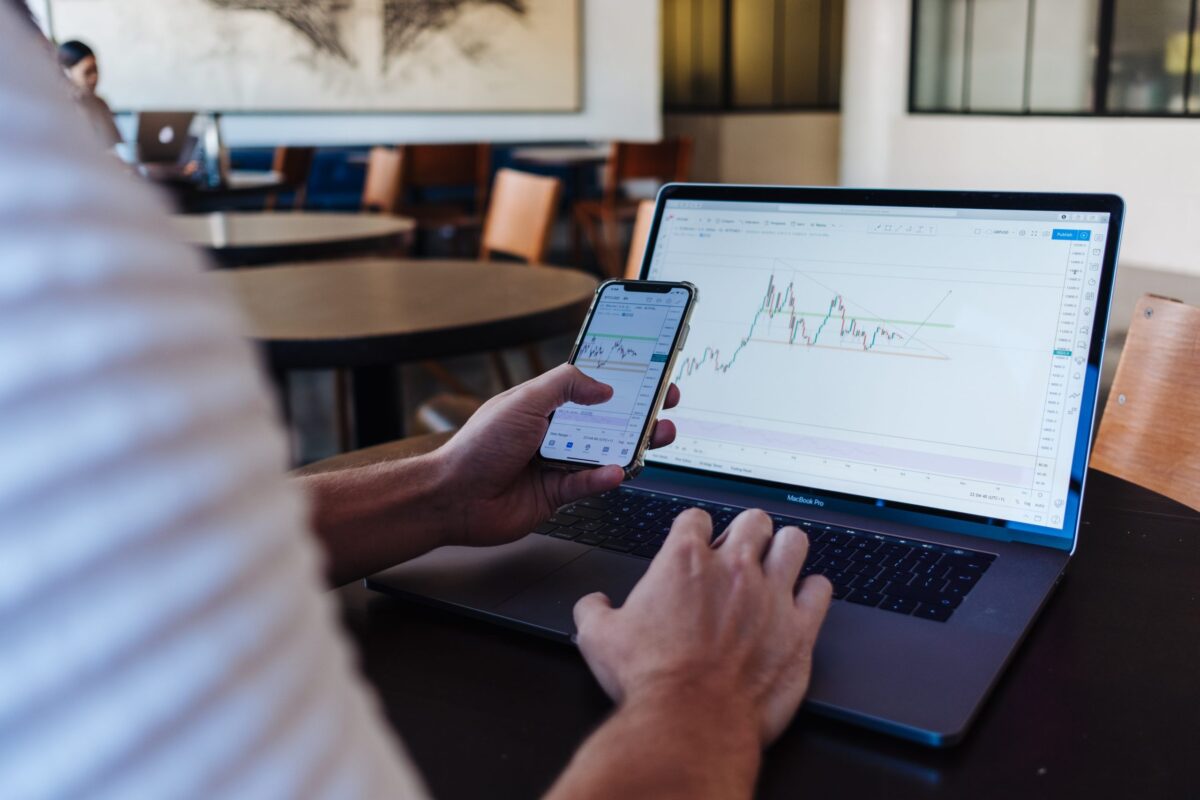What is a Financial Runaway?
In the startup world, the concept of your financial runway is used to assess the number of months until new capital needs to be raised (or you need to find more cash) so your business can survive and keep on growing. It’s all about making sure that you know exactly how long you have before the money runs out. You don’t want to come into work one day and suddenly find your business has no cash left!
And so, a financial runway refers to how many months your business can keep operating before it’s out of money. This figure isn’t supposed to be your signal for an impending doomsday but a key tool for budgeting, strategizing, forecasting, and fundraising throughout your company’s lifecycle. It’s especially important to know your runway figure as investors – both venture capital firms and angel investors – will want to know exactly how long your company’s runaway is.
In this blog, you’ll learn how to determine your financial runway and what the best practices are for determining how much runway to have in place when pitching to investors.
How to Calculate Your Financial Runaway
Calculating your financial runaway means getting to grips with your burn rate. The burn rate is a figure that tells you how much money you’re spending before generating any revenue from your business. It’s effectively a figure measuring negative cash flow. The burn rate tends to be the focus of startups who are yet to generate a positive cash flow and it also forms part of the basis for calculating your financial runaway.
To calculate your net burn rate:
(Starting cash balance – Ending cash balance) ÷ Number of months
With your burn rate, you can now determine the financial runway for your business:
Current cash balance ÷ Burn rate
For example, let’s say you have a $200,000 cash balance and a net burn rate of $8, 000. You would then determine $200,000 ÷ $8, 000 = 25. Thus you would come to the conclusion that you have a financial runaway of 25 months.
How Much Runway Should You Have When Pitching to Investors?
Finding new capital and funding as a startup can be tricky business because it’s so competitive and requires a lot of time and effort not to mention a multi-month process to achieve the funding. That’s why planning ahead, for the long-term, is key. And it’s also important for your financial runaway because ensuring that your business has enough money to cover its core and operational costs will mean that your business can survive for longer whilst fundraising.

A typical financial runway amongst startups is between 9 and 12 months, but many experts are now saying that a runway of 18 months is more ideal when pitching to investors. The longer the financial runway, the less risk the investor has to take when putting money into your business which can give you a competitive advantage. A longer runway will also give you more time to fundraise and go through the sometimes lengthy processes of raising capital, which investors will also take into account in your pitch.
But if you find that your financial runway is on the low side and you want to increase your time and chances of investors putting capital into your business, here are a couple of ways you can do just that.
Increase Your Sales
This may seem like an obvious way to reduce your burn rate, but it works! You’re probably thinking ‘if I could increase my sales, I would’ve already done so’ but there may be some things that you haven’t quite tried out yet. And this is where some outside of the box thinking is especially useful. It might be time to think more creatively about how to increase your sales and the strategies around it. You could try to upsell and cross-sell to your current customers, different pricing strategies, or even charge for new features.
Cut Non-Essential Costs
Cutting costs is also a sure fire way to reduce your burn rate, so sitting down with your cash flow and budget statements and analyzing your expenses is a good idea. Splitting your expenses into essential and non-essential will help to figure out what exactly you can cut and what is imperative to the functioning of the business. Do you need to reduce the size of your team? Do you need to find a smaller office space or a co-working space? These are just some of the types of questions that can be answered when analyzing your financial statements, which can then reflect in a lower burn rate.
Become More Attractive to Funders
There are also a few ways that you can ensure that your business becomes and remains an attractive option to external investors. A scalable business model will show investors that you’ve really thought about where your business is now and where you want it to go in the future, and if investors like anything, it’s a long-term plan! Being aware of your own market and prospective markets is also another way to prove to investors that your business is worth their time and money, because you’ve put in the time and effort to analyze where and how your business sits amongst its current and future competitors. Having a component team is also another thing that investors look for as it tells them that yours is a business that they can trust with their investment.
What to Do if You Don’t Have a Financial Runaway
If you don’t have enough of a runway or haven’t calculated it yet then don’t worry it’s not too late! Simple Startup can help you determine how much capital you need, help you find more cash in your business, and help you manage your runway once you’ve received an investment through our fractional financial support services, financial modeling and cap table modeling. So, if you want to make sure your business is up to speed with runways and burn rates, ready to start pitching to investors, grab some time on our calendar and see how we can support you today.





